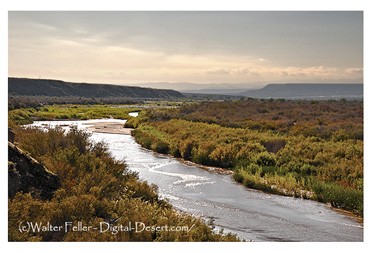Barring Indian Interferences and Other Calamities
Barring Indian interferences and other calamities, small fortunes could, nevertheless, be made if the trapper found a hitherto virgin stream, and if he had the capital to outfit his own expedition. William Henry Ashley, after netting from $50,000-$80,000, sold his accounts in the Rocky Mountains for a company to Jedediah Strong Smith, William Sublette, and David E Jackson. This company not only had competition from other American trappers, but also from the Hudson Bay Company. As an illustration of just how serious these rugged Canadians took their business, one technique of there should be no: they tried to trap out a wide area to make a dead space below the Oregon territory- plus discouraging their competition from entering the area to the north. The effort was somewhat successful. In four years of trapping in the mid-1820s, the Hudson Bay Company caught 80,000 beaver just from the Snake River.The American trappers responded with characteristic aggressiveness. They searched out new stream after news stream, exploiting the Mexican territories of New Mexico and Sonora; they defied the feared Apache, Navajo, and Hopi; and they dared to cut across it for bitten deserts. By the middle of the 1820s they pushed to the Salt Lake area and toward the lower Colorado River. Upon this scene came Smith, Sublette, and Jackson, who had to continue the drive for new regions or perish in business. Since Smith knew more about the far West then either Sublette or Jackson, superscript five it was his job to locate new trapping grounds, possibly in California, while his partners frequented the Rockies. Smith left the Great Salt Lake in August, 1826, with 17 mounted men. They made peace with the warlike Utes, went up the Sevier River, then west to the Virgin River, which he named "Adams" in honor of President John Quincy Adams. In a letter to Gen. William Clark, superintendent of Indian affairs, Smith stated that he learned what it was to do without food. The exhausted horses were periodically killed for meat as the trappers headed south across the "Seedskeeter," a mighty river which Smith later learned was the Colorado. He proceeded into Arizona and camped on the Colorado River and one of the "Ammuchabas" (Mohave) villages.
< Previous - Next >
Barring Interferences & Calamities
Successful Trading
Mission San Gabriel
This Illustrious Group
The Chastised Mohave
Another Band of Hunters
Deception
Movements through the Mojave
Finding a New Route
The Race for Profits

Virgin River